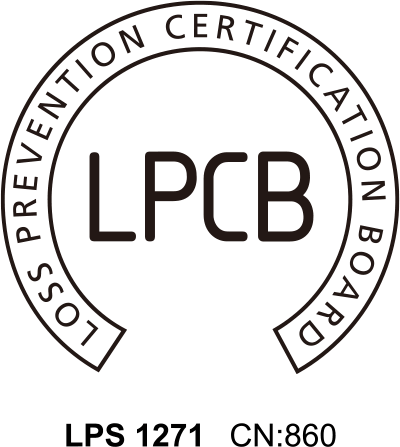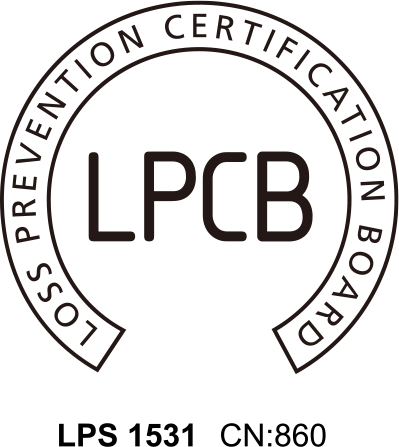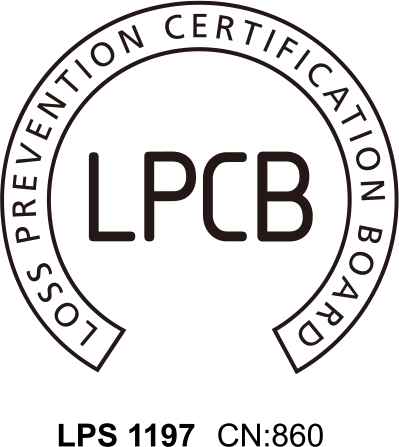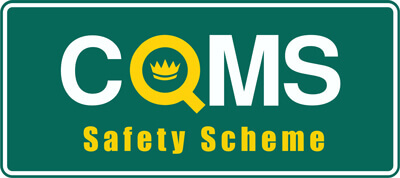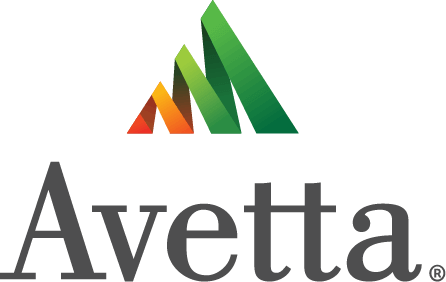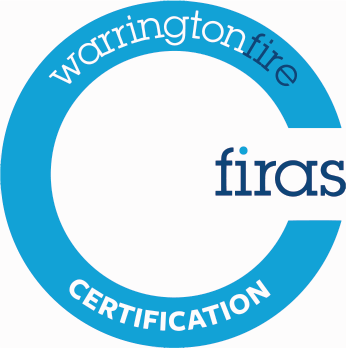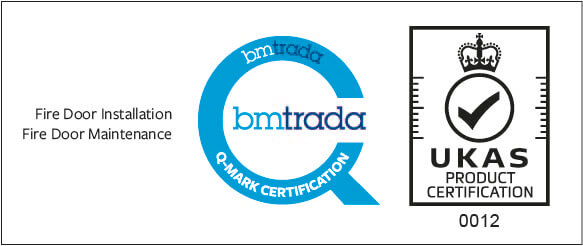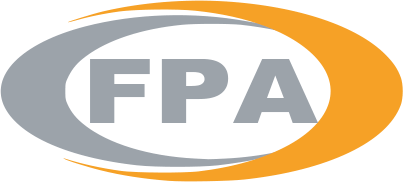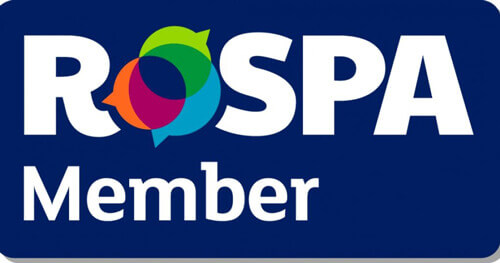What's the Difference Between a Fire Risk Assessment and a Compartmentation Inspection?
I’ve been in the passive fire protection industry for over 13 years now, and I’ve found that it’s one of those industries that you’re either in, or you have no real idea about – at least, not beyond the basics.
A bit like the Freemasons, or the Illuminati, or the Order of the Phoenix (that does exist outside of Harry Potter, right?). Following the devastation of Grenfell, you probably know that there’s a cladding crisis in the country, and you definitely know that buildings need to be safe in the event of a fire.
But that’s what builders, fire extinguishers and alarms are for, aren’t they?
Well, yes. But that’s not all. Passive fire protection (PFP) is essential to your fire strategy’s success, primarily to contain the spread of fire and smoke for allowing sufficient time to permit the safe evacuation of all occupants of the premises. This also enables effective implementation of strategies such as stay put, and full, phased or progressive horizontal evacuation. It is an integral component of structural fire protection in a building, and can be the difference between life and death. Key areas of PFP include fire doors, compartmentation works and fire stopping, all of which can be assessed during a compartmentation inspection AND a Fire Risk Assessment (FRA).
So frequently, contractors attend a site to replace or remediate a door that’s been identified as non-compliant through a Fire Risk Assessment (FRA) undertaken by the building’s ‘responsible person’, only to discover that remediating that one door won’t make much difference. A typical FRA does not necessarily look at each life safety element in full, but rather a sample of them, indicating a problem that may or may not be systemic across a building. When viewing the building through experienced eyes, it’s often apparent that the majority of the structure falls under the same banner - and that’s where a compartmentation inspection - or a survey - could be invaluable in understanding your risks.
What is a Fire Risk Assessment (FRA)?
A Fire Risk Assessment is a process involving the systematic evaluation within a building or premises, and the factors that determine: the hazard from fire, the likelihood that there will be a fire and the consequences if one were to occur. There are both qualitative and quantitative methods of risk assessment that can be used, under the current British Standards, PAS 79-1:2020 (anything other than housing) and PAS 79-2:2020 (housing specific).
With the initial PAS 79: 2012 standard being withdrawn at the end of 2020, the new standards are a revision of the initial, and are published in two parts, which are available here.
The purpose of the assessment is to keep both people and buildings safe by identifying and limiting the potential risk factors.
By law, your building(s) must have a regular fire risk assessment, containing 5 key steps.
- Identify the fire hazards.
- Identify people at risk.
- Evaluate, remove or reduce the risks.
- Record your findings, prepare an emergency plan and provide training.
- Review and update the fire risk assessment regularly.
The Regulatory Reform (Fire Safety) Order 2005 requires any non-domestic premises to always have an in-date fire risk assessment, including measures to reduce or eliminate the risk of fire, and identify persons at risk – this means at least annually, or when the integrity of the building is compromised in any way. It is not enough to simply have the FRA carried out - you should act on its findings.
Fortunately, we work alongside a number of incredible FRA companies and individuals; accredited, trained workers who continue to raise the bar in the fire safety industry. Good examples of fire risk assessments provide contractors, clients and building owners with a wider view into the safety of their estates – they highlight compartmentation and door issues that are most likely present throughout the building. By having the additional information that an FRA provides, our expert teams are able to more efficiently consider how to make buildings safer.
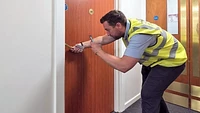
Can I do a Fire Risk Assessment Myself?
Technically, yes. And this is where the real issue lies.
While the law states that a ‘competent person’ must undertake the FRA, this includes the building’s ‘responsible person’, who may have no formal fire safety training, beyond the help of standard fire safety risk assessment guidelines, this can in some instances lead to insufficient – and sometimes dangerous – fire risk assessments.
According to the Government website, in England, “you’re responsible for fire safety in business or other non-domestic premises if you’re:
- an employer
- the owner
- the landlord
- an occupier
- anyone else with control of the premises, for example a facilities manager, building manager, managing agent or risk assessor
If there’s more than one responsible person, you have to work together to meet your responsibilities. In other words "cooperation and coordination", how many times do we hear this in every day life?
The Fire Safety Order also applies if you have paying guests, for example if you run a bed and breakfast, guesthouse or let a self-catering property.”
Interested in a Fire Risk Assessment
Find out moreThe Systemic FRA Issue
A lot of businesses and people believe that if they meet the legal requirements of having an annual FRA, they fulfil their obligations under law in the event of a fire. That’s unfortunately not the case. An FRA only gives you a snapshot view into your property; it assesses sample areas of the building, from which generally a larger inspection could be recommended.
When this doesn’t happen – due to a lack of understanding - the responsible person addresses the identified issues, without the knowledge that the building, themselves and the occupants could still be at risk.
An FRA is just the first step to compliance – and it is a fantastic way of pinpointing concerns, quickly applying a risk rating and a timescale in which a concern should be remedied. However, for identified PFP concerns, what comes after this is either enough information for instant assessment, or a follow up full compartmentation and/or door survey. Once fire-safety concerns are remedied, this valuable work is backed up by a comprehensive maintenance programme for onward protection of the building.
What Does That Mean for Me?
So, in a nutshell, an FRA is a legal requirement, while a survey or inspection isn’t. However, your buildings must be compliant by law, and one of the only ways to make that happen, is to invest in the more granular fire risk inspection. The journey to total compliance should begin by outsourcing your FRA to an independent and qualified individual/company, before investing in a 3rd party accredited contractor to undertake the additional works documented in your FRA. We can help with both of those things.
Keep your eye out for part two of this instalment, where I’ll be going into more depth about the necessities of compartmentation inspections, along with discussing the requirement for regular maintenance and how to recognise when your building is non-compliant.
